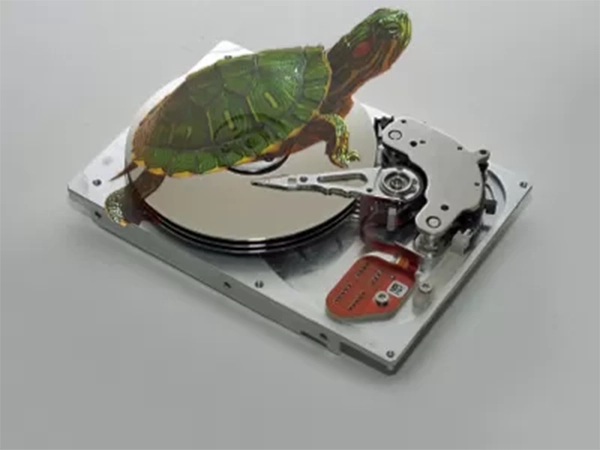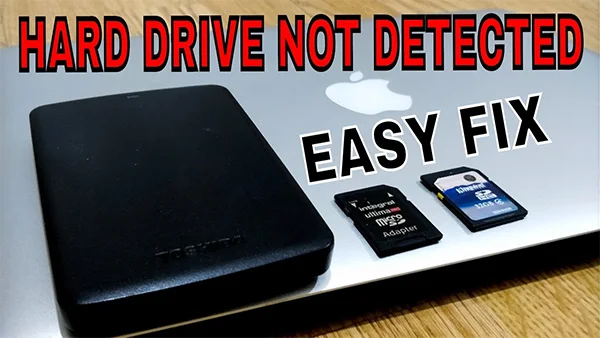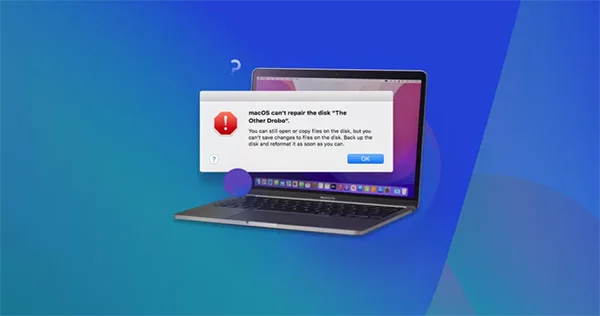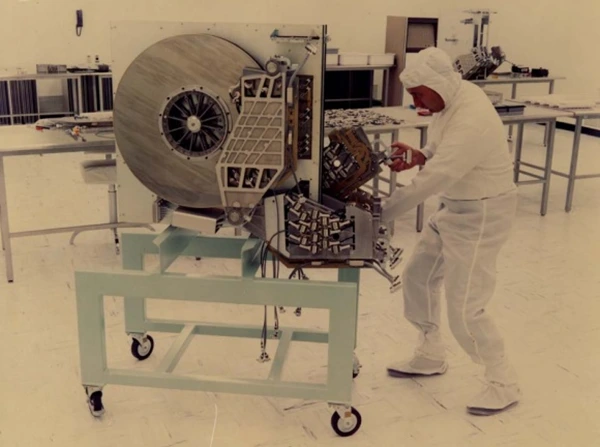Top Mac Hard Drive Problems and Solutions
Mac offers a wide range of services just like Windows computers. Storage is even made easier with several options for backup including cloud backups. However, it also comes with challenges.
Like in Windows computers, these problems can easily cause information loss. Where this is the case, you must always use a powerful tool such as Disk Drill for Windows or Mac to recover the data before it is too late.
Before you recover permanently deleted files, you need to understand what caused the problem. Also, learn How to Crop an Image on Mac in this guide.
In this article, we outline some of the top Mac challenges and how to fix them. You do however need to worry as most of the fixes we highlight are do-it-yourself solutions.
At the end of this article, \you will also know how to restore permanently deleted files safely. Remember, these fixes can be applied in several versions including iMac, Catalina, High Sierra, and OS El Capitan.
Mac Hard Drive is Slow

Fixed discs can sometimes be running very slowly, which may be a result of aging, lack of free storage space, prolonged use of the plate, or even logical errors. They may also cause the Mac startup process to be sluggish.
Also, several other factors can degrade performance. These include cases like when you are running on an outdated macOS, you have so many other apps running in the background, or when your hardware has certain issues.
Solution
There are several fixes you can try for a slow Mac.
The following are some of them:
- Start by deleting some of the files you are not currently using. These could be large files taking up space and slowing down your fixed disc.
- Find and delete or remove duplicate files.
- Update the macOS and other apps to speed up.
- Clean up Desktop and login items.
- Upgrade firmware and hardware.
- Remove plugins that are not important. Also, remove widgets and internet caches.
- Quit activities that are running in the background and are not necessary.
- Use disk utility to repair the startup disk.
These fixes will work to improve speed on your Mac if you follow them carefully. You need to take your time and be very patient.
The wonder of compounding…
It took 51 years for hard drives to reach the size of 1TB (terabyte, i.e. 1,000GB), which happened in 2007. But it took only two years to reach the second. (In 2009). And now we are at 32TB (As of January 2024)
Mac Hard Drive is Not Showing Up in Disk Utility

You may be working that fails to show the fixed plate. This can be very frustrating. However, you can still try a few fixes to reveal your Mac-fixed disc.
Sometimes, the storage device is dead. This can be partially or even entirely. Well, it could still be visible in Disk Utility even though it seems to be grayed out.
Solution
You should be able to mount a grayed hard drive by following the steps below:
- Choose the drive.
- Press the Mount button.
Disk Utility Can’t Repair Mac

Mac diagnosis is made easier with the First Aid tab available in Disk Utility. This feature helps you fix this and other storage media to be error-free. Some of the issues you can fix include bad sectors.
However, sometimes you can’t just fix errors on your Mac because Disk Utility says “Disk Utility can’t repair this disk.” When you see this error message, it means that Disk Utility will not be able to fix the issue and you need to repair the drive.
Solution
To fix this issue, use the “File system consistency check” or fsck command. Do this when in single-user mode. With this, you will be able to review and repair the basic structures of your Mac storage drive.
We recommend backing up the fixed disc to an external repository device before doing this. This would ensure no data loss occurs in the course of troubleshooting a problem.
Start or restart, when restart is running, press and hold the “Command +S” keys until you see white text on the screen. Just allow some time then it will boot in Single User Mode.
Locate the command prompt then type fsck – fy” and click Return. If you see “The volume was modified” or “The volume Macintosh HD could not be repaired” show up again, repeat the command until you see the message “The volume Macintosh HD appears to be OK. Once you see this, type exit to restart it.
“Bigger is better”
Take a look at the 250 MB hard disc from 1979.

Mac External Hard Drive is not Mounting, Unreadable or Unrecognized
This is yet another problem you are likely to face with your Mac. Usually, when you connect an external hard drive, it should mount and show up on the Desktop without any issue.
Besides, it should also appear in Finder unless the external hard drive is not mounting. However, it would sometimes fail to detect it.
When it is not detected, It will not mount successfully. It would either appear as unrecognized or unreadable.
Solution
To fix this error, follow the steps below:
- Unplug and plug it in again.
- Try getting it connected with a different USB cable.
- Try connecting it to a different device.
- Connect through a different USB port.
Either of these solutions should work to fix the problem. If it works, backup your drive to avoid losing information in case the scenario repeats.
Also, you can scan it using information recovery software to find out if it has any issues such as viruses or corruption. A good information recovery software you can use for all data-related tasks is Disk Drill developed by Cleverfiles.
Conclusion
Mac computers work well. However, they never fail to show up with a problem or two depending on how you handle them.
We recommend you regularly monitor your device to ensure it is in good working condition and all drivers and macOS are up to date.
